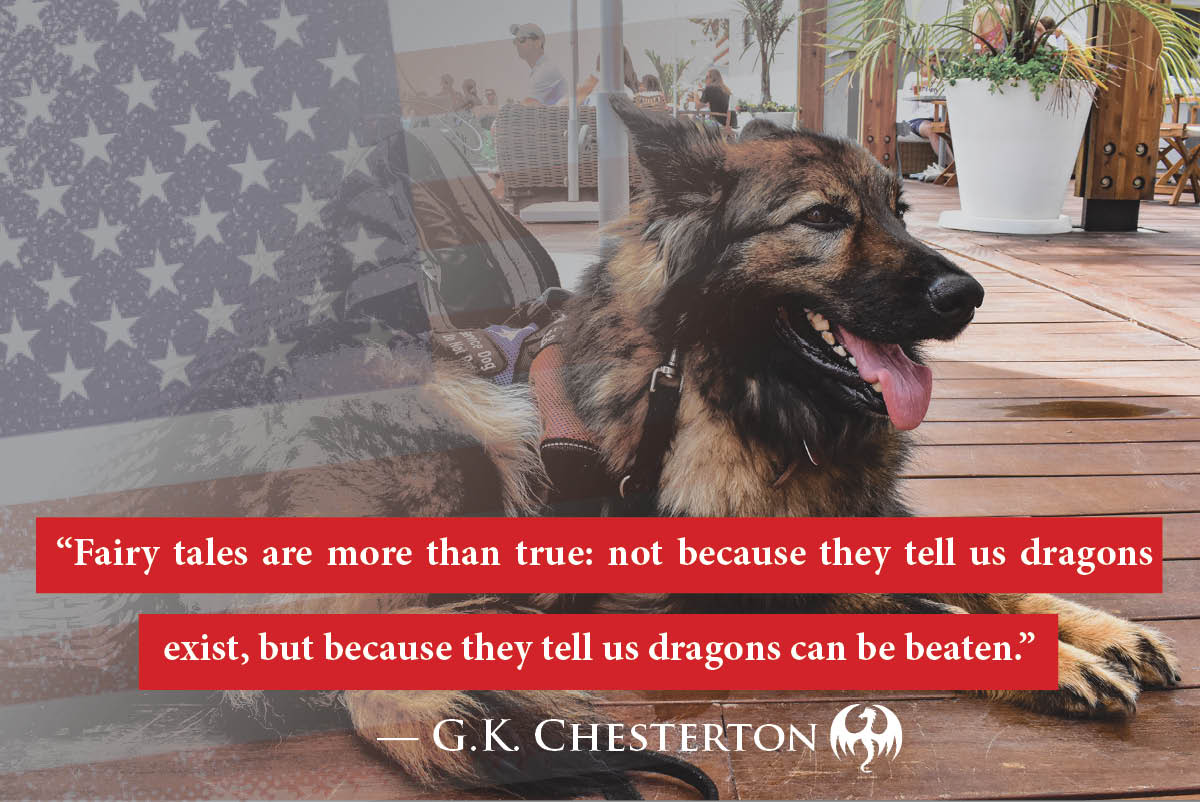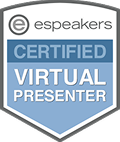I can’t sleep.
My heart is racing.
I can’t sit in public without my back to a wall.
Large crowds make me anxious.
I hate lines.
Loud noises can make me jump.
Trash in or on the side of the road makes me tense.
These were my PTSD symptoms.
The symptoms, stressors, triggers and anxiety I had.
That’s right. I said, “HAD.”
Now, I can’t tell you I am “cured” but what I will tell you on National Post Traumatic Stress Disorder Awareness Day is there is a path to managing PTSD and it is unique to every combat veteran or anyone who experienced a traumatic event. The reality is this, there is no one-size-fits-all solution. Every individual is wired differently, has been through different traumas and responds differently. But I can tell you this, you will never get better if you just sit on The X and dwell on your trauma.
My friend and Navy SEAL, Jimmy Hatch, wrote a great book called Touching the Dragon. I recommend his book to every combat veteran suffering from Post Traumatic Stress and anxiety disorders. In it, Jimmy describes how trauma has impacted us all, and that trauma is like a dragon. It now lives inside you, within your mind. Most of us try to take that dragon and lock it in a box, naively thinking we can contain it. That we can control it. The problem is – it’s a FIRE BREATHING, CITY DESTROYING, FEAR INFLICTING DRAGON (watch Game of Thrones Season 8; Episode 5 if you want more on this).
The bottom line: you can’t contain a dragon. In the most stress- and anxiety-filled times, the dragon breaks out and eats you. What Jimmy talks about is how we tame the dragon by learning to face the dragon – embracing our experiences and learning to touch the dragon. And here’s the good news.Tthere are different paths you can take to learn how to touch your unique dragon.
First and foremost, I am strongly against pharmacological solutions to PTSD. I am not a doctor but I have watched many friends go down this personality-destroying and life-altering path. So, often I‘ve heard wounded warriors say some variation of this, “I took twenty different pills a day and I no longer knew who I was.” So many of them ended in the same way, suicide. I am committed to fighting this epidemic. I have met too many amazing warriors who search endlessly for a way to kill the inner demon inside their mind, to alleviate their pain, anxiety and trauma and who ultimately decide the only way out is to end their life. I hate this and I’m here to tell you on National PTSD Awareness Day, there is another way. You just have to find the one or combination of options that can help you.
Below is a list of resources I or friends and peers have used, some with modest and many with amazing results. If you suffer from PTSD and its many symptoms, you owe it to yourself to Get Off The X and find your personal path forward.
Alcohol Rehab Help
In support of readers looking for ways to encourage positive mental health for themselves and their loved ones, Alcohol Rehab Help created this guide to help families better understand PTSD and how to help family members in need.
Headstrong Project
I have worked directly with Headstrong Project and they are doing great things with combat veterans. Run by former combat vets, they are helping those with PTSD learn how to touch that dragon and live with it.
Headstrong provides cost-free, bureaucracy-free, stigma-free, confidential, and effective mental health treatment for post-9/11 veterans and their families. In partnership with Weill Cornell Medicine, one of the nation’s leading mental health care centers, Headstrong has developed an effective, individually tailored and comprehensive treatment program for Post-Traumatic Stress Disorder and related military trauma.
Hyperbaric Oxygen Treatment (HBOT)
When I was injured, like many wounded veterans, I suffered from massive infection issues as well as Traumatic Brain Injury (TBI). A lead diver at our SEAL Team recommended Hyperbaric Treatment to help manage and fight infection.
Injury and infection cause your body to use a significant amount of energy to heal itself. To do that, the body requires oxygen. Similarly, in cases of TBI, the brain becomes inflamed and begins to suffocate, needing more oxygen to heal. Many medical professionals feel patients with an inflamed, oxygen-deprived (or hypoxic) brain also experience elevated levels of Post-Traumatic Stress.
The thing is, divers knew early what many doctors didn’t yet, that breathing oxygen at depth for a prolonged period of time helps reduce infection and promote healing. And by and large, health professionals weren’t aware that Hyperbaric Treatment was beginning to show signs of managing the effects of not only Traumatic Brain Injury (TBI), but PTSD as well.
Hyperbaric Oxygen Therapy uses 100% pure oxygen in a pressurized environment to accelerate the body’s ability to heal itself. It immerses the body and organs (including the brain) with oxygen, decreasing inflammation while increasing blood flow to damaged areas.
Years following my own HBOT treatments and after learning about new reports, studies and scientific research, I looked back on my mental state during my infection period. I can’t say my PTSD was eliminated, but I know I saw a significant decrease in my anxiety.
Many non-profits across the country provide HBOT for combat-wounded veterans. One I have worked with is Heal the Warriors in Norfolk, Virginia.
Stellate Ganglion Block (SGB Shot)
Post injuries, I was no longer an operational SEAL, but continued working as an Operations Officer. One day, the Medical Department contacted me and said, “Lieutenant Redman, there’s a former SEAL turned Navy doctor providing a new PTSD treatment we think you should explore.” Although I was managing my Post Traumatic Stress pretty well, I still suffered heavily from a sleep disorder, I just couldn’t get a good night’s rest. I would try to sleep, toss and turn all night and wake up totally exhausted.
So, I went down to medical to find out more. The new PTSD treatment was called a stellate ganglion block. It’s a shot, into the neck, that concentrates on the part of the nervous system that regulates the physiological reactions connected to PTSD.
“The stellate ganglion is like a routing center for the nervous system and controls the impulse for fight or flight,” said Kristine Rae Olmsted, RTI International Research Epidemiologist. “Anesthetizing the ganglion blocks nerve impulses temporarily. We still don’t know how SGB works to improve PTSD symptoms, but now we know that it does.”
“Reducing the impulse to fight or flight is key to treating PTSD,” retired Army Col. Dr. Sean Mulvaney, also a former Navy SEAL, told USNI News.
SGB doesn’t necessarily help everyone, but I do know this – I had the shot, and I finally starting sleeping better.
Brain Treatment Centers
I talked a bit about PTSD and the direct link to Traumatic Brain Injuries (TBIs). TBI is the prevalent and signature injury of post-9/11 veterans. We are exposed to more explosives and blasts than any other veterans in history, especially in the infantry and special operations communities. We train with heavy weapons and explosives, massive amounts of combat breaching, IEDs and IED clearing. What we encounter on the battlefield is a perfect recipe for countless combat veterans to come out the other side with, at best, mild Traumatic Brain Injury. After being shot in the face with a PKM round (yes, you read that right, and yes, I am LUCKY to be here writing this article. If you don’t yet know my full story, you can read it in my book, The Trident).
I too, was diagnosed with Traumatic Brain Injury. And, the biggest thing I noticed and obstacle I had to overcome was not feeling as sharp as I was prior to my injury. I easily forgot things. I HAD to have a list to help me remember. I frequently felt like I was thinking through mud. I knew several guys going through something called MERT – Magnetic E-Resonance Therapy – which is a magnetic field that stimulates brain function. Many of them were having GROUND-BREAKING results including increased clarity of thinking and feeling like “new versions” of themselves! Thanks to the Infinite Hero Foundation, I requested to attend and ultimately spent a month with the California Brain Treatment Center. In addition to the MERT, I learned all about how my brain worked, brain wave activity, the impact of trauma on the brain and how mine showed proven signs of trauma. I learned how to manage everything better, to do things to improve my sleep, and to engage in activities that promoted brain health. Although I did not experience the groundbreaking changes some friends and peers have had, I do feel the treatment was helpful and I know many warriors are experiencing great results.
Physical Prowess
I believe physical fitness plays a huge part in healing the mind. I know many wounded warriors who stopped working out after their injuries, convinced they couldn’t do it anymore. I believed that for too long, until I figured out how to do it despite my injuries. Instead of constantly focusing on what I “used to do” or what I “now can no longer do,” I adopted an overcome mindset and got off the X. I am in the best shape of my post-injury life and feel great. There are some amazing organizations to help you be the best physical version of you. Check out my friend Alex Oliver’s No Fail Mission funded through the Boot Campaign or Former NFL player Dave Vobora’s Adaptive Training Foundation.
Kharma
The last leg of my journey involves a teammate who has done wonders for me. My service dog, Kharma. Kharma is my best friend, aptly named for the city in Iraq where this all began. While speaking and traveling, I could never sleep in hotels. Kharma will (and always does) alert me if ANYONE walks too closely to my room door. He has blessed me with tremendous peace and confidence, and when people ask what Kharma does for me, I tell them, “He watches my back.”
Veterans Affairs has come a long way in realizing the immense value of man’s best friend for people with PTSD. They help and fund veterans who desire service dogs (not to be confused with emotional support animals which the VA does not fund). There are tons of service dog organizations out there. I was blessed to receive Kharma through a smaller organization out of Ohio, the Battle Buddy Foundation, but there are other larger groups doing great things, such as Southeastern Guide Dogs.
Comms
The final thing is simply this. Just talk, listen and learn. A combat marine friend of mine, Ozzie Martinez, almost took his life as a result of PTSD. He finally decided to Get Off The X and battle through it! Since then, he has created his own non-profit. Operation Wet Vet is therapy at sea, taking wounded warriors fishing, from “front lines to tight lines,” leading them to talk and communicate. He has recently launched an impactful podcast, Post Traumatic Survival, interviewing individuals like Ray Care, Jason Schechterle, Tim Brown, Shawn Lopez and Jason Redman (plug) who have been through traumatic events, experienced PTSD and now are on the other side.
Get Off The X
These are things you can to do educate yourself and own your dragon.
The bottom line – it’s never too late to Get Off Your X. You don’t have to live a life of misery. You just have to learn to touch that dragon and figure out the best path forward for you.
If you’re interested in self accountability and being part of an amazing group of like-minded Overcomers who are Getting Off The X, check out our Overcome Army Facebook Group. I’m also available for corporate and organizational virtual and in-person speaking.



